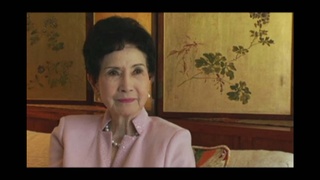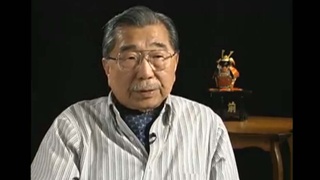Interviews
Resettling in Chatham
But it was tough, at the beginning. And I can remember overhearing a conversation of Jack Nishizaki, and he was an older Nisei gentleman at that point. He came from a large family and he was talking with his brothers - and now Jack is a black belt Judoist. They were talking, whispering. He said, “I was attacked by a bunch of guys that worked. They called me a dirty Jap, go home, and they tried to do a number. So I did a--” And described this move, and managed to disarm this violent attack and lay them out.
Well, I mean, shit. I had my own battles, going to and from school with much less skill and even lesser glory. It was difficult. Even little things, like I remember my father was able to buy a house. He was one of the first people to buy a house, and I grew up in the black ghetto of Chatham, the poor part of town. Chatham is rather unique in having such a thing as a poor black community because Chatham was once the terminal of the Underground Railroad. So growing up, I played with my Nisei friends and the black kids in the neighborhoods who were the descendants of runaway slaves.
Date: February 9, 2011
Location: California, US
Interviewer: Patricia Wakida, John Esaki
Contributed by: Watase Media Arts Center, Japanese American National Museum
Explore More Videos

Father interrogated by FBI, but not taken away
(1925 - 2018) Nisei educator from Hawai‘i

The political effects on Nikkei during the war (Spanish)
(b. 1950) Nisei Chilean, Businessman

Government sold Japanese Canadian properties for little money
(b. 1928) Doctor. Former Chair of the Japanese Canadian Redress Foundation.

Questioning Curfew
(1918-2012) Fought the constitutionality of Executive Order 9066.

Challenges of finding a summer job
Judge, only Japanese American to serve on CWRIC.



Traumatic experiences before camp
(1913-2013) Doctor specializing in obstetrics in Southern California

“Everybody went in like sheep”
(1913-2013) Doctor specializing in obstetrics in Southern California

Discrimination for Nisei doctors
(1928–2016) Daughter of an Issei doctor


Being Denied as a Japanese American Lawyer
(b. 1934) The First Japanese American Appointed to the U.S. Court of Appeals.



Discrimination faced in San Francisco (Japanese)
(b. 1937) A war bride from Yokohama
